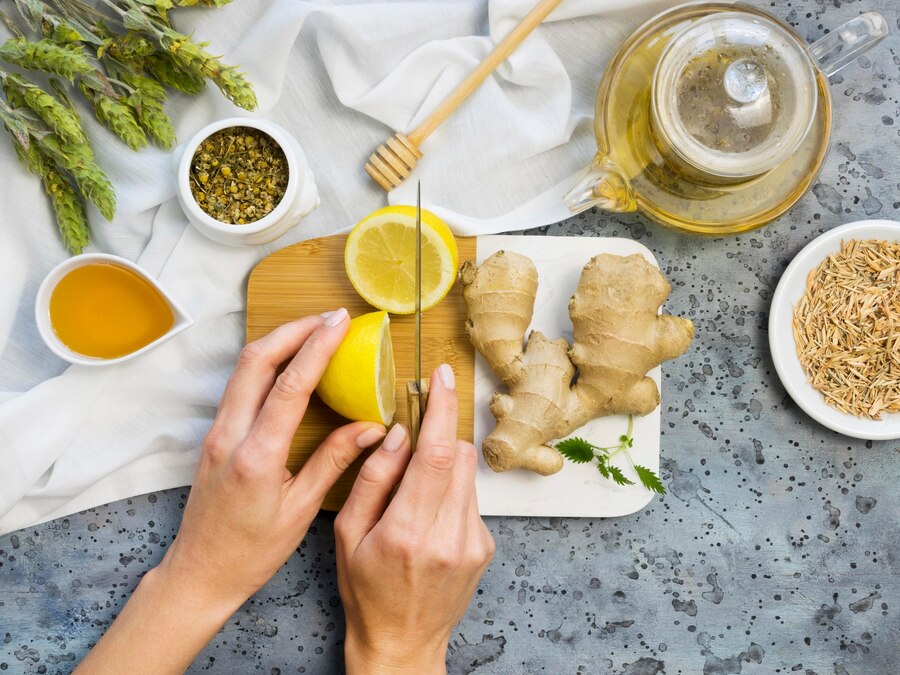Herbal poultices have been utilized for centuries as a natural remedy for pain relief and healing. By applying a mixture of herbs directly to the skin, poultices can provide targeted relief for sore muscles, joint pain, and inflammation. This article explores the benefits of herbal poultices, the herbs commonly used, and how to prepare and apply them effectively.
Benefits of Herbal Poultices
1. Natural Pain Relief:
-
Herbal poultices provide a natural alternative to over-the-counter pain medications. They can help reduce inflammation and soothe pain without the side effects associated with pharmaceuticals.
2. Direct Application:
-
Poultices allow for the direct application of herbs to the affected area, ensuring that their beneficial properties are concentrated where they are needed most.
3. Enhanced Healing:
-
In addition to pain relief, herbal poultices can promote healing by improving circulation, reducing swelling, and drawing out toxins from the body.
Common Herbs Used in Poultices
1. Arnica:
-
Known for its anti-inflammatory and pain-relieving properties, arnica is often used to treat bruises, sprains, and muscle pain.
2. Ginger:
-
Ginger has warming properties that help improve circulation and reduce pain. It is particularly effective for muscle and joint pain.
3. Turmeric:
-
With its potent anti-inflammatory effects, turmeric is beneficial for reducing pain and inflammation in conditions like arthritis.
4. Comfrey:
-
Comfrey promotes the healing of bones and soft tissues, making it useful for treating sprains, fractures, and bruises.
5. Peppermint:
-
Peppermint has a cooling effect that can help soothe sore muscles and reduce inflammation.
Preparing an Herbal Poultice
1. Gather Ingredients:
-
Select the appropriate herbs for your specific pain condition. Fresh or dried herbs can be used, but fresh herbs are often more potent.
2. Create a Paste:
-
Chop or crush the herbs to release their essential oils. Mix the herbs with a small amount of hot water to form a thick paste.
3. Apply to Cloth:
-
Spread the herbal paste onto a clean cloth or piece of gauze. Fold the cloth to create a poultice that can be easily applied to the skin.
4. Apply to Skin:
-
Place the poultice directly on the affected area. Secure it in place with a bandage or wrap, ensuring it stays in contact with the skin.
5. Leave in Place:
-
Allow the poultice to remain on the skin for 20-30 minutes. For chronic pain, the poultice can be left on for longer periods or overnight.
6. Remove and Cleanse:
-
After the application time, remove the poultice and gently cleanse the area with warm water. Repeat the application as needed for continued relief.
Safety and Precautions
1. Patch Test:
-
Before applying a poultice, perform a patch test to ensure you do not have an allergic reaction to the herbs.
2. Avoid Broken Skin:
-
Do not apply poultices to broken or irritated skin to avoid further irritation or infection.
3. Consult with a Healthcare Provider:
-
If you have a chronic condition or are unsure about using herbal poultices, consult with a healthcare provider for guidance.
Tips for Effective Use
1. Consistency:
-
Regular use of herbal poultices can provide the best results. Incorporate them into your pain management routine for ongoing relief.
2. Heat Application:
-
Applying heat over the poultice can enhance the absorption of the herbal properties and increase blood flow to the area.
3. Combination with Other Therapies:
-
Herbal poultices can be used in conjunction with other pain management techniques, such as massage, acupuncture, or physical therapy, for comprehensive relief.
Herbal poultices offer a natural and effective way to manage pain and promote healing. By understanding the benefits and proper application techniques, individuals can incorporate this ancient remedy into their pain relief regimen and experience the soothing effects of nature's healing herbs.




